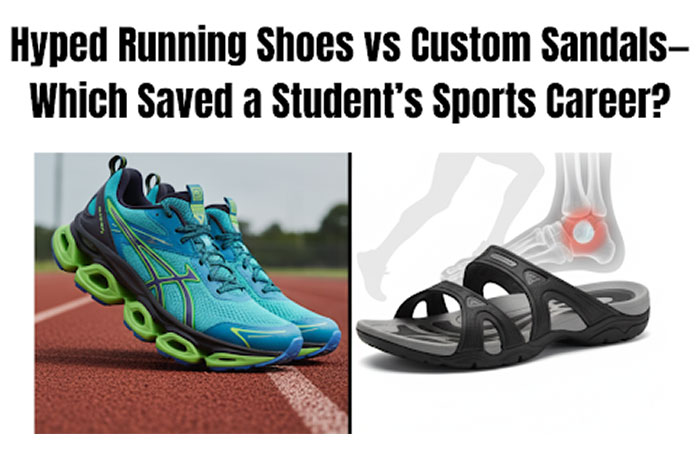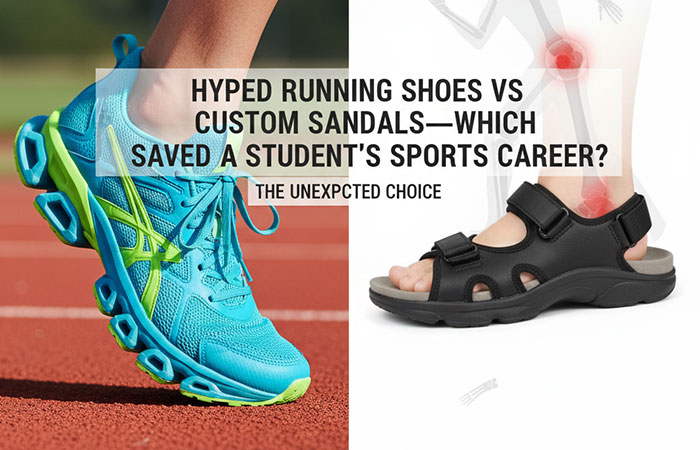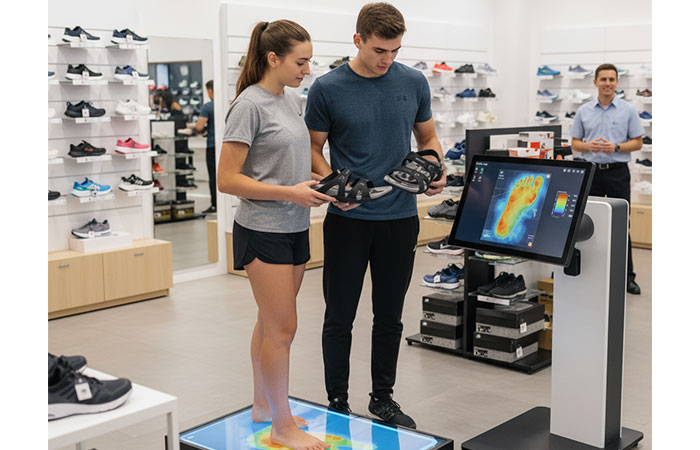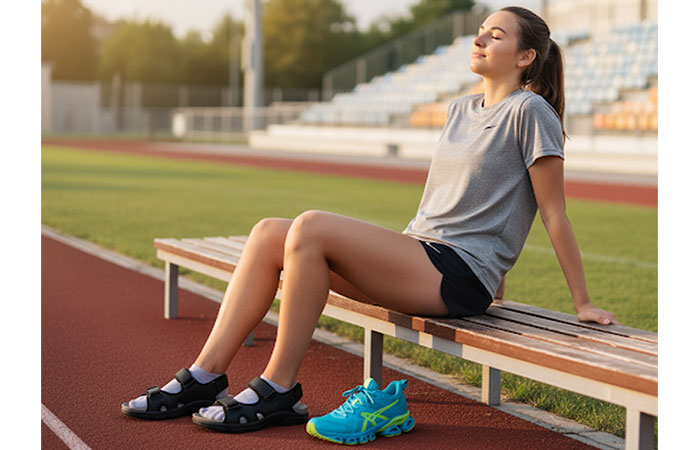

The story of student athletes is often written in blood, sweat, and… footwear? In a surprising new twist, the battle between hyped branded running shoes and custom orthopaedic sandals has become central to saving young sports talent from injury woes in 2025. When a shoe might mean the difference between pain and glory, knowing which footwear truly delivers can literally make or break a student’s sports future. Here’s a deep dive into technology, trends, and real-life opportunities—whether for the aspiring runner, weekend footballer, or anyone battling recurring foot pain.
For decades, sports culture has glorified the latest running shoes: the newest model promising extra “bounce,” “cloud-tech cushioning,” and record-breaking energy return.Influencer videos, eye-catching colorways, and celebrity athletes flood campuses, pulling students into hype-driven buying cycles.
But 2025 marks a dramatic shift: despite the innovation in branded running shoes, a surge of student athletes are finding life-changing relief—and, in some cases, career resurrection—in custom-fitted, podiatrist-designed sandals and recovery shoes.

Meet Rahul (name changed), a 17-year-old sprinter whose dreams were nearly shattered. After two years in the latest “top performance” running shoes, he developed relentless plantar pain, Achilles tendonitis, and shin splints. Specialist visits, MRI scans, and expensive sneaker “upgrades” didn’t help—his gait kept breaking down.
Rahul’s repeated injuries weren’t unique. Data from sports injury clinics show a rise in stress injuries among student athletes who chase trend-driven shoes without expert assessment. Most marketed shoes fit “averaged” feet but not those with high arches, flat feet, or past foot/ankle trauma.
Pros:
Cons:
Trend 2025: More brands now offer digital fitting kiosks, app-based gait analysis, and half-size/width options.

Podiatrist-designed sandals and slides have evolved beyond “old person’s shoes.” Top models feature deep heel cups, anatomical arch support, shock absorbing foams, and adjustable straps.
Recent studies and athlete testimonials highlight stories like Rahul’s—where slipping into recovery sandals led to pain-free walking, restored form, and ultimately, a second chance at active sports.
After switching to a podiatrist-approved custom sandal (OOFOS and similar), Rahul noticed:
Coaches and physiotherapists now recommend every student athlete keep a recovery sandal as part of their “gear kit,” using it for post-game, casual wear, and even as a corrective tool after injury.

In today’s sports world, footwear can literally make or break a student athlete’s dreams. While hyped running shoes offer high-tech appeal, the real game-changers for many are custom sandals and recovery footwear—especially for those with special needs or histories of injury. As 2025’s top trend, the smartest students swap out branded sneakers for supportive sandals when it matters most—because sometimes, saving a sports career starts with slipping on the right pair after the finish line.